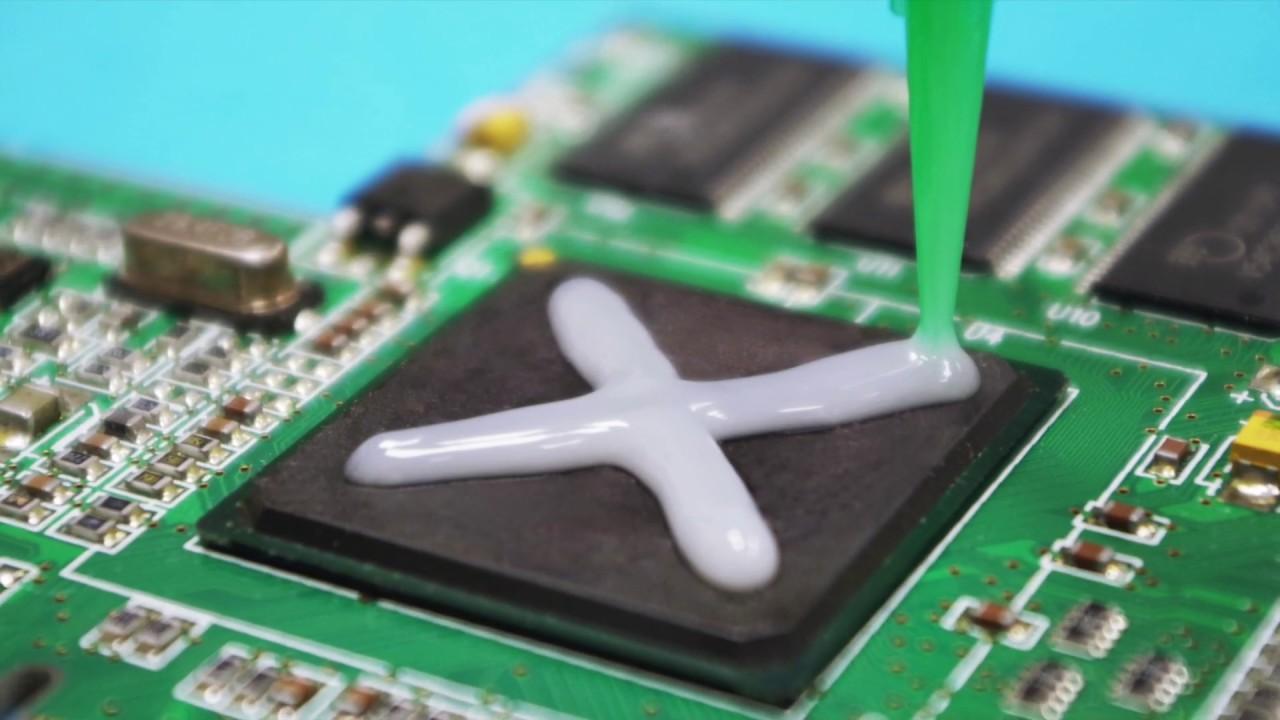Introduction to Electrically Conductive Adhesives
Electrically conductive adhesives (ECAs) are adhesives that contain conductive fillers which allow them to act as electrical conductors. These special adhesives enable the connection and bonding of electronic components and circuits while also allowing electrical current to pass through. As technology has advanced, there is an increasing need for such adhesive solutions that can mechanically attach and provide electrical interfacing of electronics.
Types of Electrically Conductive Adhesives
There are different types of ECAs available depending on the filler material used. The most common types are:
- Silver-filled ECAs: These contain micron or nano-sized silver flakes or particles as the conductive filler. Silver provides excellent electrical and thermal conductivity and is the most widely used filler material. These ECAs offer bond line resistivities as low as 0.0005 ohm-cm.
- Copper-filled ECAs: Similar to silver ECAs but contain copper fillers instead. Copper is a cheaper alternative to silver but has slightly lower conductivity. These adhesives are used for applications not requiring ultra-low resistivity.
- Carbon/graphene-filled ECAs: These ECAs make use of carbon black or graphene as conductive fillers due to their light weight and low cost. However, their conductivity is lower than silver or copper fillers. They find application in less demanding conductivity applications.
- Isotropic and anisotropic ECAs: Isotropic ECAs contain fillers randomly oriented to provide equal conductivity in all directions. Anisotropic ECAs have oriented plate-like fillers resulting in higher conductivity in the orientation direction compared to the perpendicular direction.
Properties and Parameters of Electrically Conductive Adhesives
Some key properties and parameters for ECAs include:
- Bond line resistivity: The Electrical Conductive Adhesive resistance across the bonded joint, usually specified in ohms-cm. Lower is better.
- Thermal conductivity: Ability to dissipate heat, important for devices prone to thermal issues. Silver ECAs typically offer best thermal conductivity.
- Dielectric constant: A measure of insulator properties, higher values decrease impedance matching with circuits. Low dielectric adhesives are preferable.
- Temperature resistance: Most ECAs can withstand temperatures from -55°C to 150°C but some offer higher temperature capability up to 260°C.
- Curing conditions: ECAs can be UV light, heat, or dual cure types depending on materials and application needs. Light cure provides fast processing.
- Shear and peel strength: Indicate mechanical strength of bonded joints, typically in the range of 10-30 MPa for ECAs after curing.
Applications of Electrically Conductive Adhesives
ECAs find wide use in applications involving joining or interconnecting electronic components where electrical conductivity and environmental sealing are required. Some key application areas include:
- Printed circuit board (PCB) fabrication: Used for component attachment, circuit repairs, EMI shielding, and inter-board connections.
- Sensor and diode bonding: ECAs can bond sensors, optoelectronic devices or diodes to PCBs or contacts in devices like smartphones.
- Battery assemblies: Used for cell-to-cell or connection of tabs in battery packs to provide mechanical retention and electrical paths.
- Displays: Bonds components in display modules for TVs, monitors, automotive displays needing conductivity and flexibility.
-Thermal management: ECAs with high thermal conductivity help dissipate heat in power electronics, LEDs, and devices prone to heat issues.
Advantages of Electrically Conductive Adhesives
ECAs provide a number of advantages over traditional soldering methods for electronic interconnection applications:
- No-clean technology: ECA curing involves no residues, rinses, or cleaning unlike soldering. This simplifies processing.
- Anisotropic conductivity: ECAs can be made with oriented fillers to control conductivity directionally, which soldering cannot offer.
- Flexibility: Cured ECA joints are more flexible and compliant than rigid solder joints, reducing thermal stress.
- Process simplicity: ECAs offer user-friendly processing like dispensing and curing to form interconnects without complex soldering equipment.
- Environmental friendliness: ECA formulations are lead-free and environment-friendly as compared to lead-based solders.
- Cost-effectiveness: Though ECA materials cost more than solder initially, their processing benefits reduce overall assembly costs.
Electrically conductive adhesives are increasingly becoming the interconnection material of choice instead of traditional soldering methods. Their unique combination of electrical conductivity, mechanical bonding, process simplicity and flexibility offers advantages for many electronics applications. With continued formulation advancements ECAs will find even broader use across diverse industries in the coming times.
Get more insights on This Topic- Electrically Conductive Adhesives

